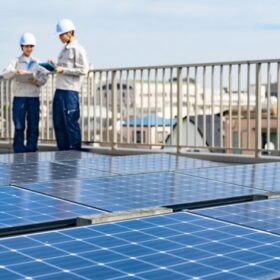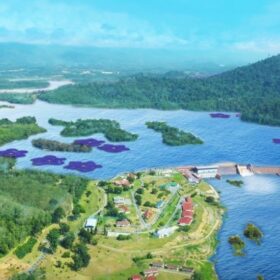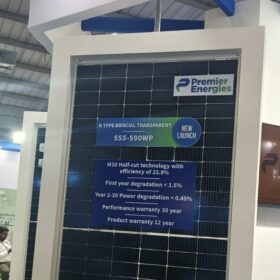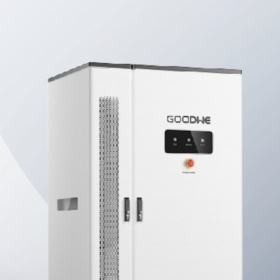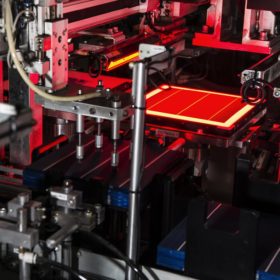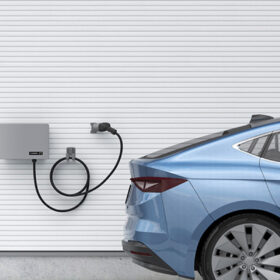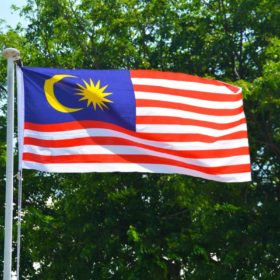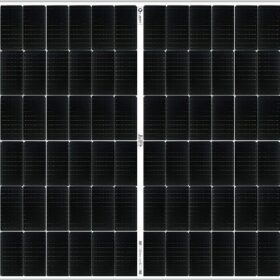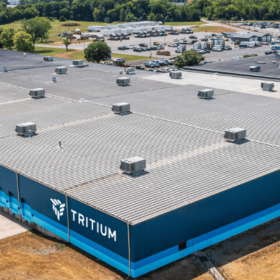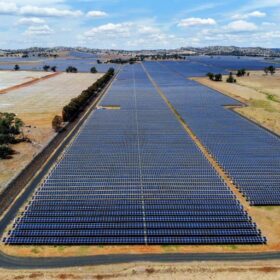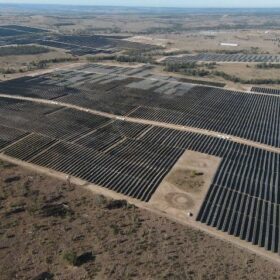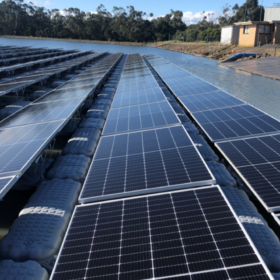Net metering move puts Indonesia’s 3.6 GW rooftop solar goal at risk
The Indonesian government has ended net metering for rooftop solar installations. The Jakarta-based Institute for Essential Services Reform says this could make it harder for the country to meet its solar deployment targets, as PV installations will become more expensive for households and small businesses.
Malaysian utility to build 2.5 GW of hybrid hydro-floating solar
Tenaga Nasional Berhad, a Kuala Lumpur-based utility, says it plans to install floating solar farms at its hydropower facilities. It’s targeting 2.5 GW of capacity to support Malaysia’s National Energy Transition Roadmap.
Premier Energies unveils 590 W TOPCon bifacial PV modules
Indian manufacturer Premier Energies says its n-type TOPCon bifacial glass-backsheet modules are available in power outputs of 555 W to 590 W, with an efficiency rating of up to 22.83%.
GoodWe releases 60 kWh battery for commercial, industrial PV systems
GoodWe has developed a 60 kWh battery for commercial and industrial PV systems, featuring a compartment for its ET15-30kW inverter series.
A cell maker’s survival guide
With solar production capacity expansion plans paused, bigger cell makers will weather the storm through a revised approach to new panel technologies. InfoLink’s Alan Tu says that low profits could also drive innovation and cost savings, pushing the industry to new heights.
Sharp unveils vehicle-to-home EV charger for PV-powered homes
Sharp has developed vehicle-to-home (V2H) electric-vehicle chargers for PV-powered homes, featuring 6 kW of charging/discharging rated power and an input DC voltage of 340 V. The wall-mounted devices are suitable for indoor and outdoor environments.
Philippines gives green light to 65 MW of solar
The Philippines Board of Investments (BOI) has granted a green lane certificate to a 65 MW ground-mount solar power plant, set to become operational in September 2026.
AirTrunk, ib vogt sign virtual PPA for 29.9 MW of solar in Malaysia
Data center specialist AirTrunk has signed a virtual power purchase agreement (VPPA) under which it will procure energy from a 29.99 MW solar farm that ib vogt is now developing. Construction on the project is set to begin later this year.
Bluebird Solar unveils M10 half-cut PV modules
Bluebird Solar has developed half-cut mono passivated emitter and rear contact (PERC) solar modules based on M10-sized cells. The modules are available with outputs ranging from 400 W to 550 W.
Woodside links with South Korean gas giant on ‘lower-carbon’ hydrogen deal
Oil and gas giant Woodside Energy has signed a deal with South Korean utilities major SK E&S to explore the potential development of a “lower-carbon” hydrogen value chain between Australia and South Korea.
